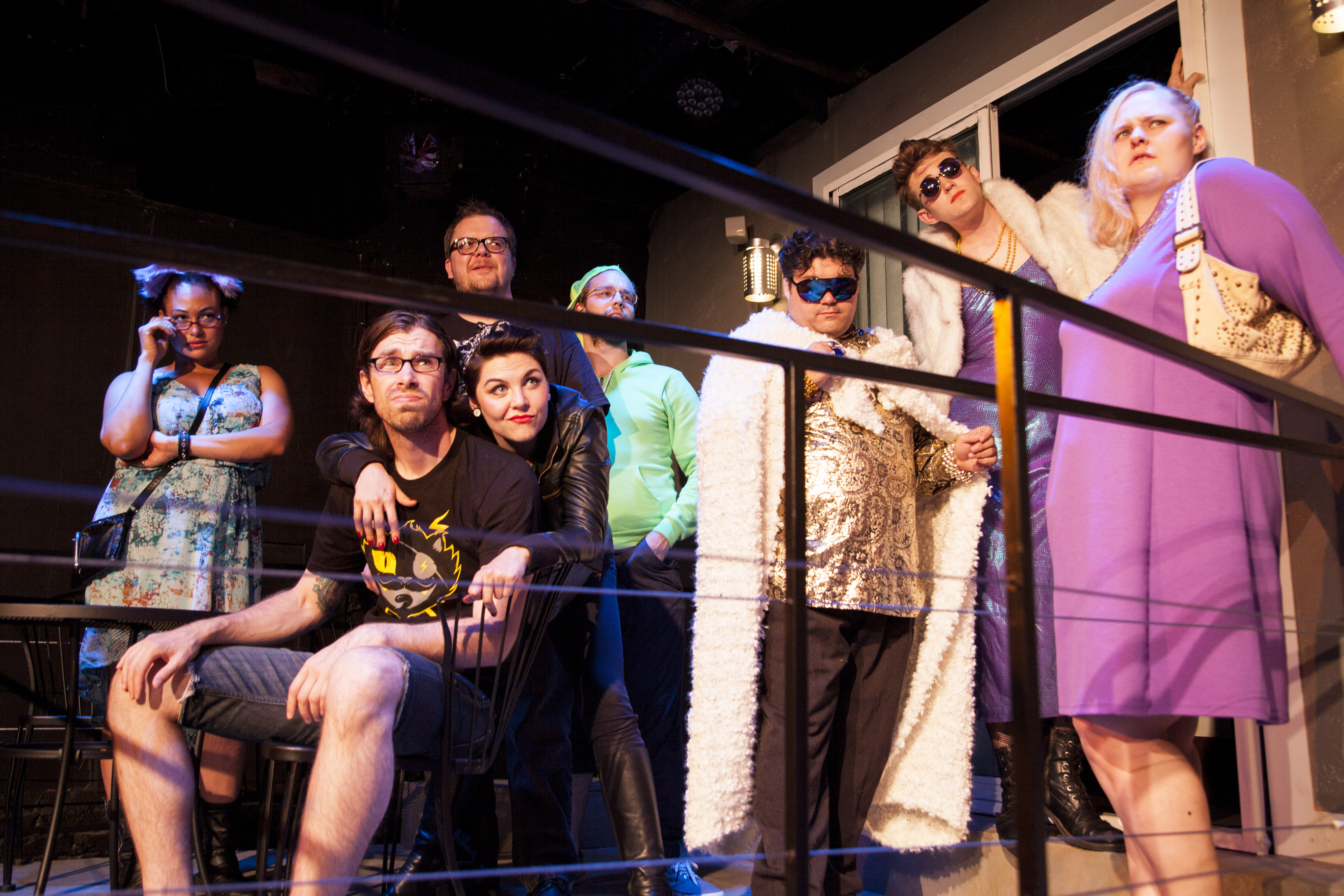The Hound of the Baskervilles
Seattle Repertory Theatre, 155 Mercer St. (Seattle Center), 443-2222, seattlerep.org. $15–$80. 7:30 p.m. Wed.–Sun. plus weekend matinees. Ends Dec. 15.
Sherlock Holmes’ famous double-brimmed deerstalker hat is nowhere to be found here, and there’s nary a trace of Robert Downey Jr.’s rake-and-rapscallion Holmes or Benedict Cumberbatch’s cerebral introvert as detective. Instead, newly written by beloved local actors David Pichette and R. Hamilton Wright, this is Holmes 2.0. In adapting the classic tale of a hellhound stalking the English moors, they’ve invented scenes and dialogue that hew much more closely to the spirit of the material than Hollywood’s recent bare-knuckled fumblings. There’s a bit of Arthur Conan Doyle, a bit of Joss Whedon, and the result is noisy, raucous fun—as English as a box of snuff, as witty as an evening with Oscar Wilde. (Granted, the show runs two hours and 40 minutes, with two intermissions.)
Again we have the fraternal love and endless nattering between Holmes (Darragh Kennan) and Watson (Andrew McGinn, tall for the sidekick role): whodunit plus bromance. Kennan and McGinn don’t so much chew the scenery as make a delectable meal of it; their performances owe as much to vaudeville as Victorian England. And again our heroes are trying to prevent the murder of American heir Henry (Connor Toms), presumed to be stalked by the same fanged phantom that killed Sir Charles Baskerville (Charles Leggett), seen briefly before his demise.
As actors, Pichette and Wright know what keeps a plot moving and how to keep an audience spellbound. As playwrights, they’ve taken a familiar story and invested it with thrills and chills aplenty; crucially, they’ve also moved Conan Doyle’s early revelation of the culprit’s identity to the play’s climax, which keeps the suspense taut until the unmasking. Director Allison Narver moves her players around in an elaborate display of dominoes, each one glancing off the other until only the survivors remain. Not only has she cast her two principals well, but the supporting cast is uniformly sublime; and for once, all the performers’ dialects seem to derive from actual places on a map of the UK.
If Holmes and company have a secret weapon here, it’s surely the clever sets and period projections let loose on the stage by L.B. Morse. Grainy stock footage and old photos perfectly counterbalance his spartan stage pieces; they add just the right pinch of steampunk to this century-old mystery tale.
Deborah Trout’s costume designs share the ornate beauty of a cameo silhouette, and Paul James Prendergast’s sound design mixes modern sounds with those of the Industrial Revolution. The bustle, the pollution, the sense of a society hurtling into a new century is everywhere. His soundtrack and the play itself share an undercurrent: the creepy notion that an ancient unnamed evil is about to pounce.
“The game is afoot,” as Dr. Watson likes to say. And this time, the game is all about restoring Sherlock Holmes to his rightful place as the greatest sleuth of his day.
stage@seattleweekly.com








